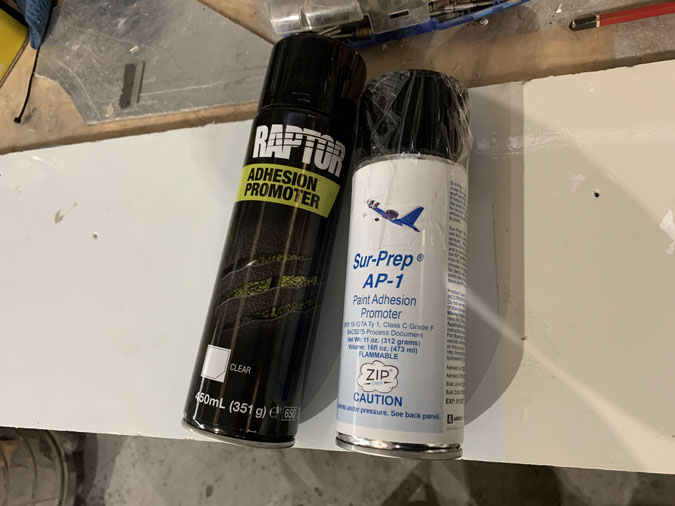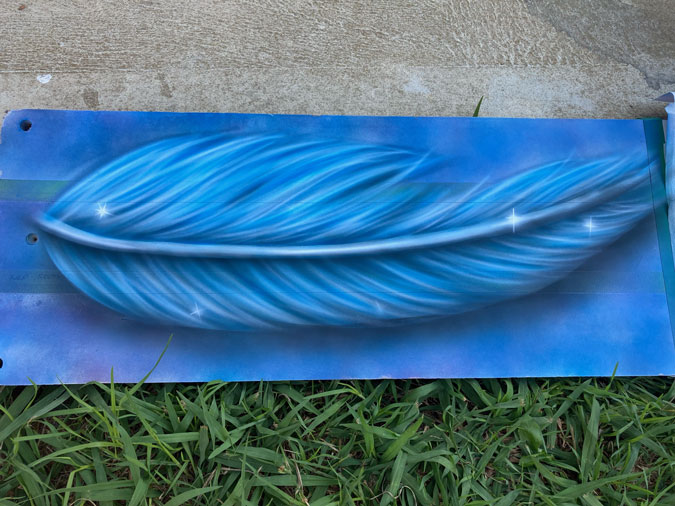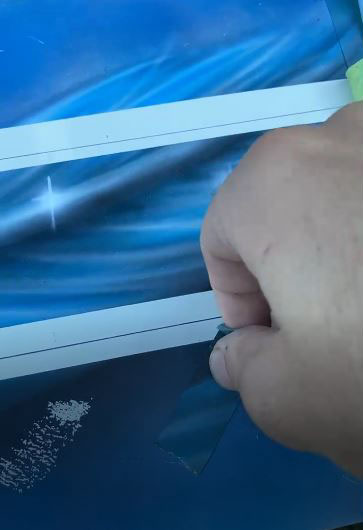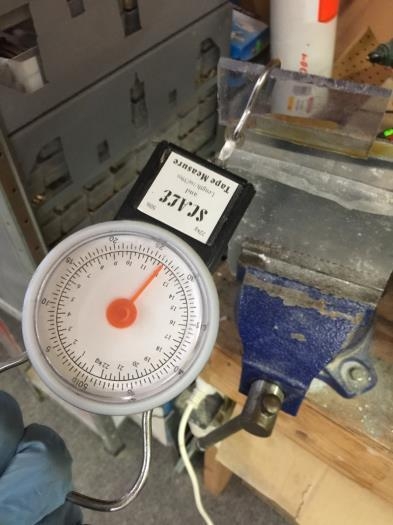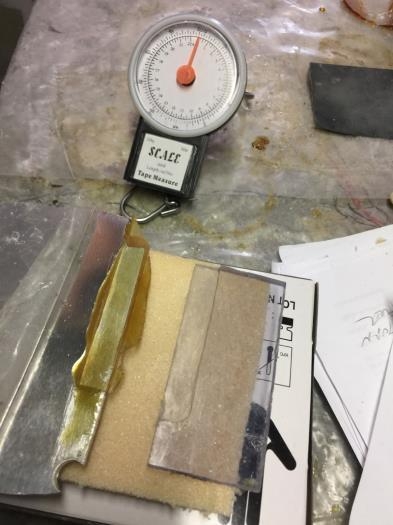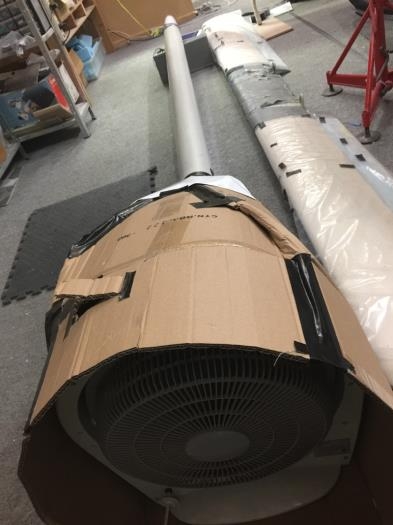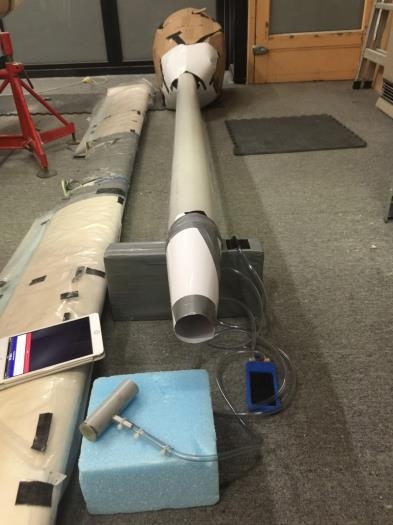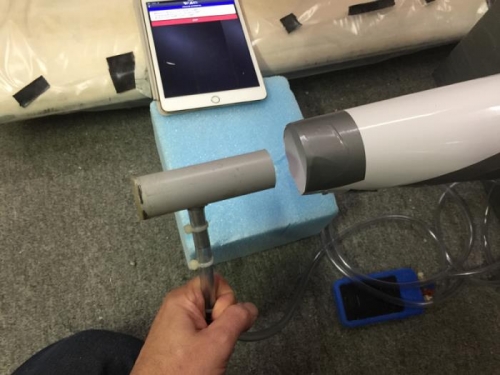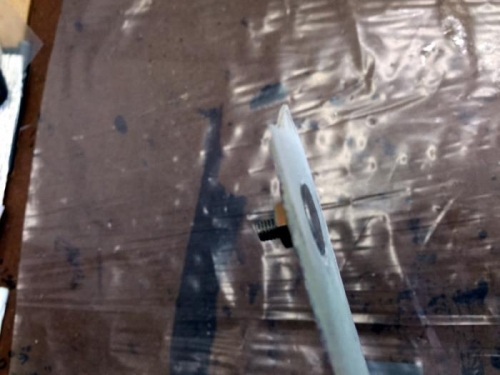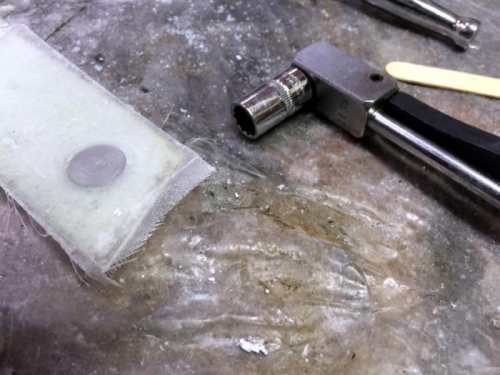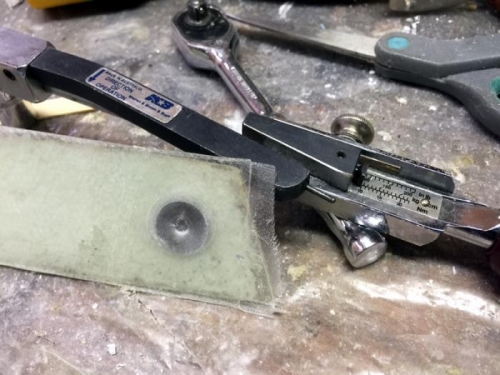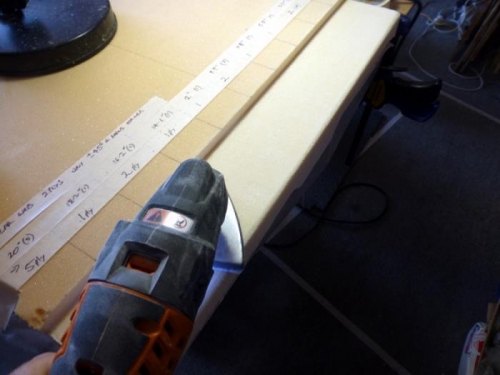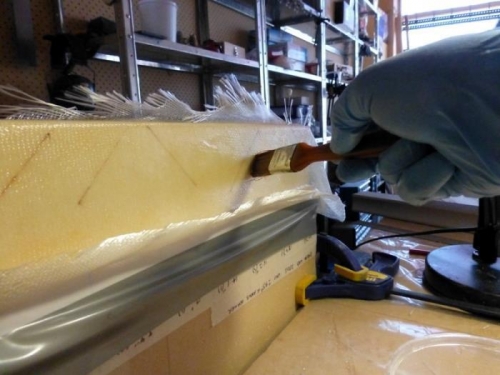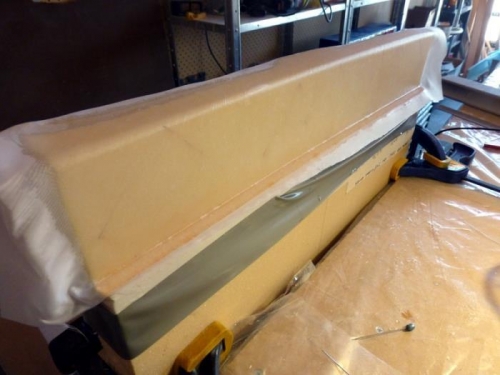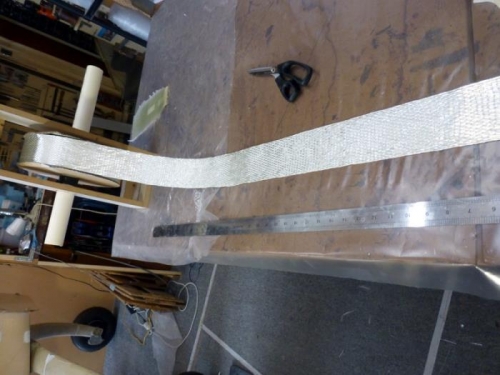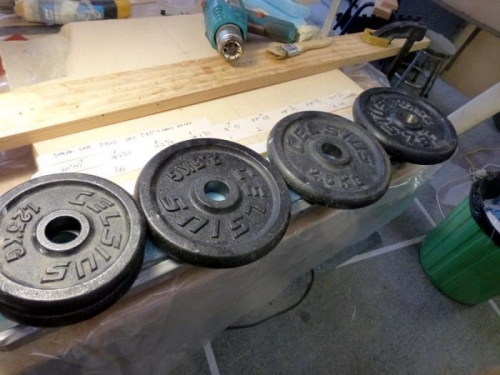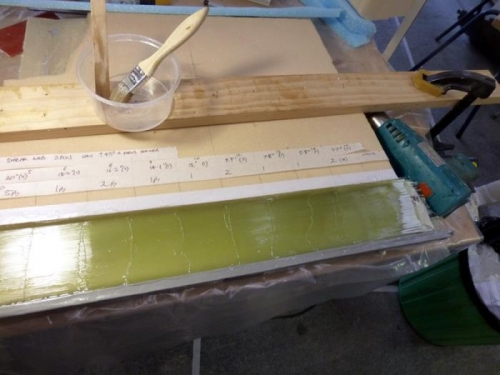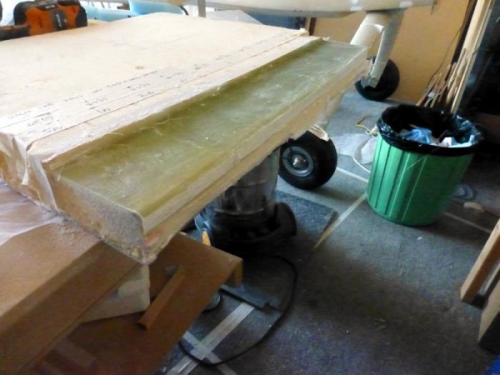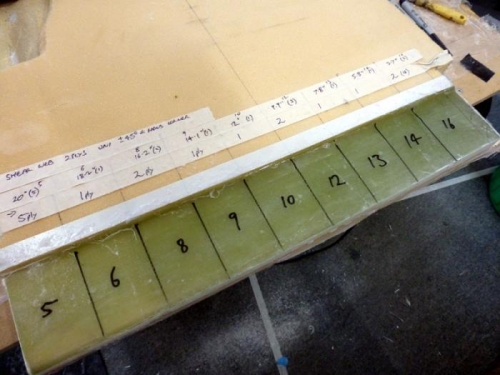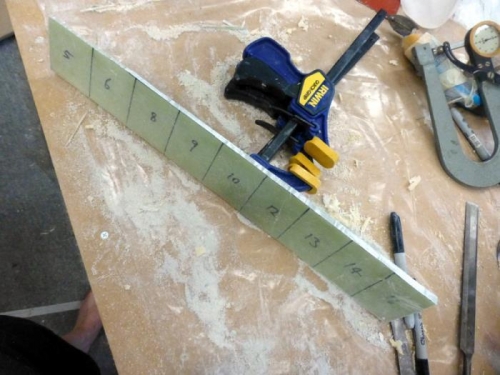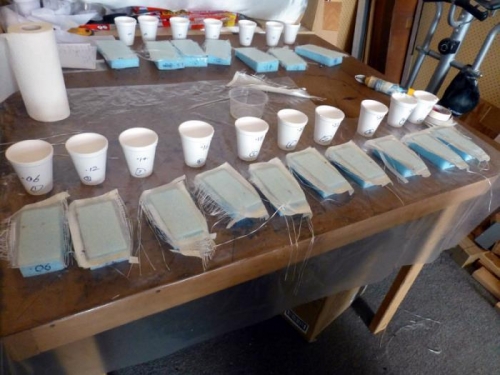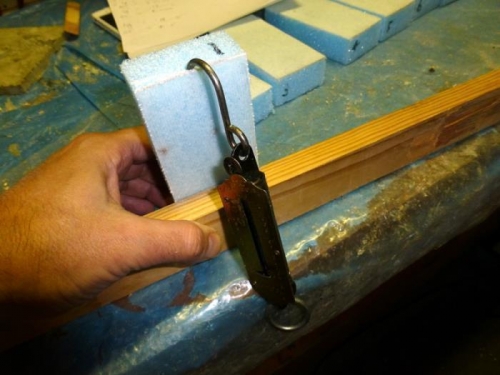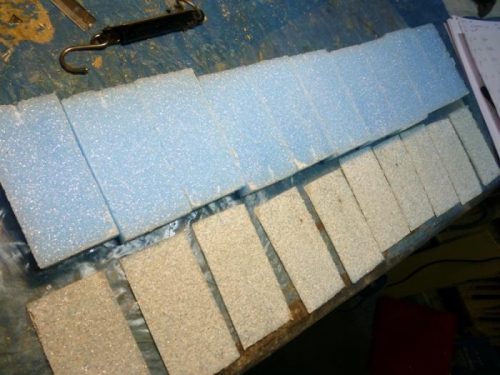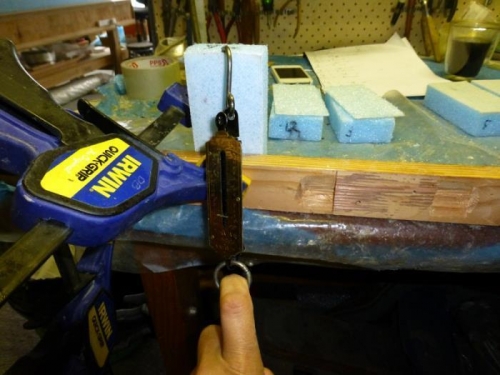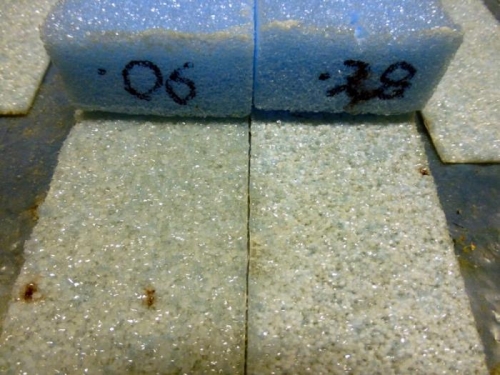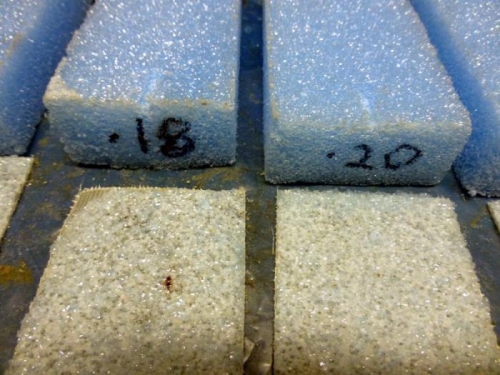| Date: 04-22-2022 | |
| Number of Hours: 1 | |
| Manual Reference: no ref |
This plane is getting a nose job, or to be more precise some very special artwork airbrushed onto the nose area.
The usual method when adding paint to an already painted surface is to sand or scotchbrite the area first. Adhesion promoter was suggested by the professional painter who did the primer and topcoat work on my plane. He uses a Boeing product for prep when art or sign work is added to a finished business jet.
Stacy Lourens, a Melbourne artist is going the airbrush work on my build and wanted to test products. I was reluctant to sand my freshly painted plane if an aerosol can would do the job instead.
Stacy can also be found on Facebook as well as the above Instagram link.
Here’s what we tried. The Raptor can is under $30 at a local automotive shop. The AP-1 is the Boeing product that costs way more than it should in Australia. The board they are sitting on is a test piece I used earlier when playing unsuccessfully with roll on paints.
I divided the board long ways into three. The middle section was dulled with Maroon or Red Scotchbrite This is in the 320-400 range although it depends too on how hard you press. The two outer sections were to be sprayed with one or other of the cans.
As you can see, Stacy has done a very beautiful feather. What happens next is a bit ugly…
Yes clicking the picture will send you to the video of the test. The bottom line is that I’m going to have to sand or dull the nose for Stacy’s artwork. He uses a water-based paint and testing proves its going to really stick well in the sanded area.
Just to add data to this test, an intercoat was used over the left vertical half of of the board about 15mts after the artwork. The intercoat had 30-40minutes to dry before the tape and scratch testing. The bottom line is that although this gave an improved result, the scotchbrite still wins for this nose section.
I am doing vinyl wrap items on the tails and for the registration marks (VH-XEZ). I will use one of the promoters for those. For the nose, its old school sanding as Stacy originally wanted. We did the science, a proper experiment, and I’m writing it here to make it real.

